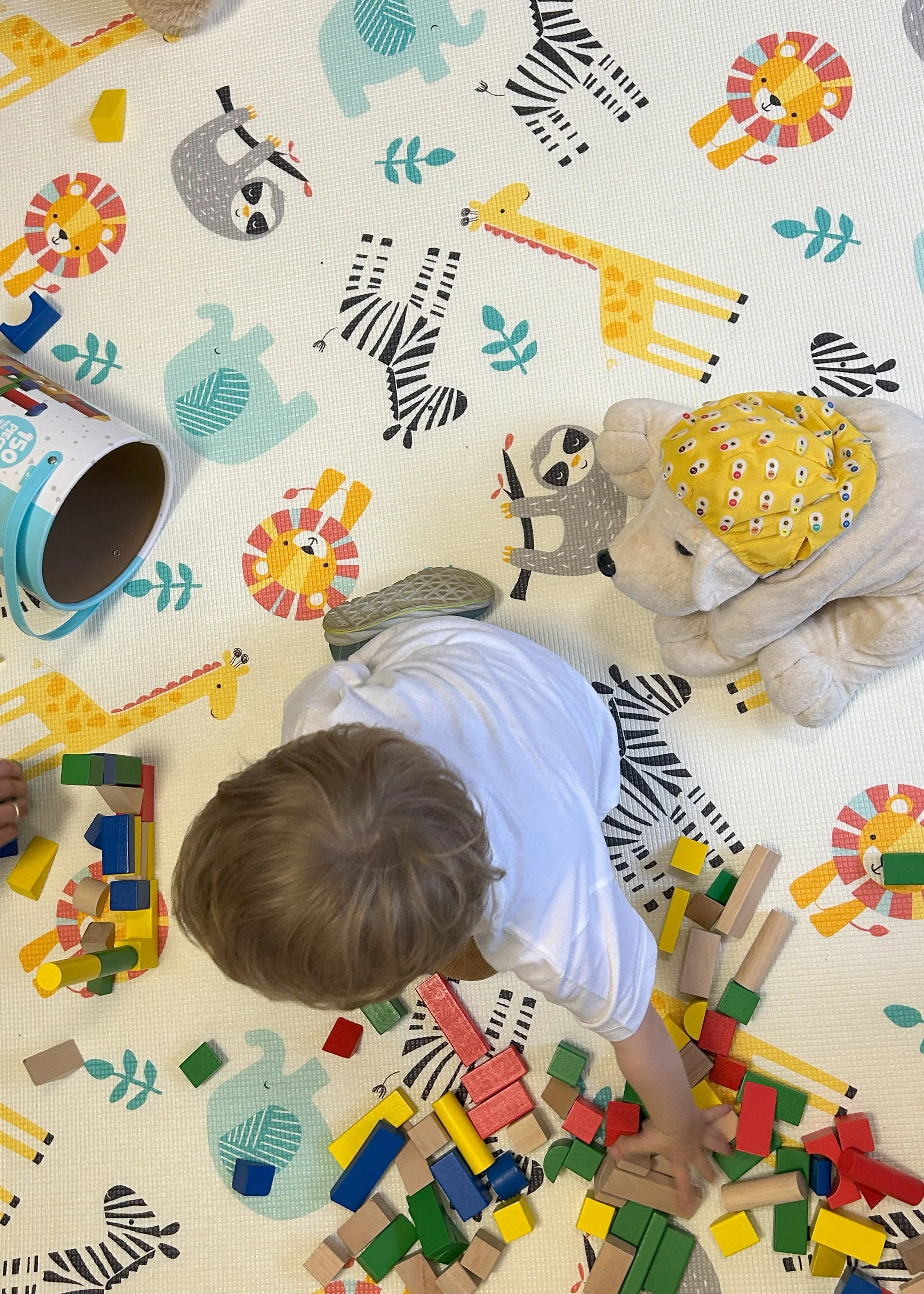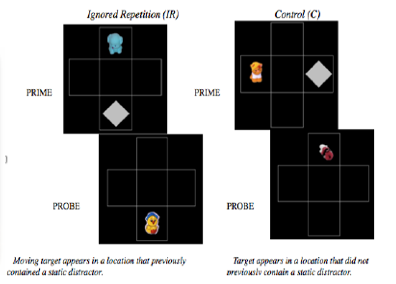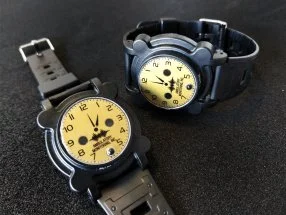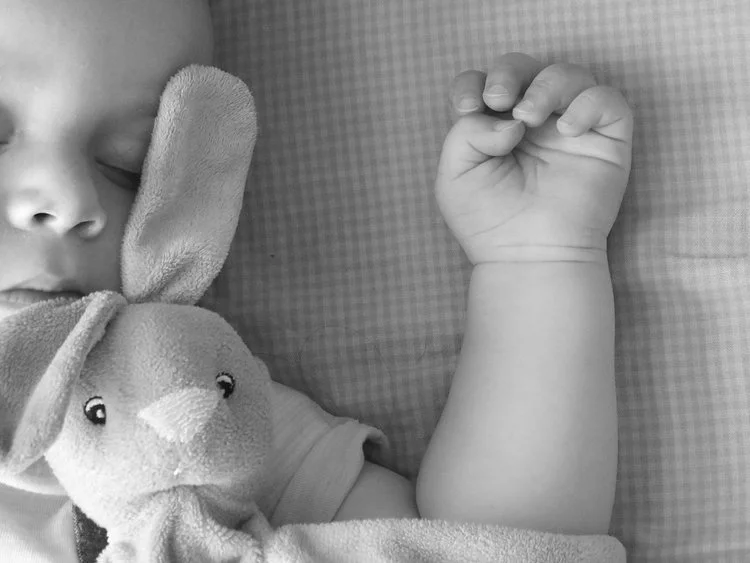We strive to create a positive and fun environment for everyone who visits the UCD Babylab. We have toys, teddy bears, and more to play with in the lab.
In addition, we utilise a range of measurements, equipment, and assessments in our research.
Learn more about what’s involved, how we work with our baby scientists, and the current equipment we use in our research!
Eye-Tracking
Eye tracking is an unobtrusive way to collect eye movement data from infants and children. The UCD Babylab have a Tobii X120 eye tracker, which consists of a little black box that sits on a computer.
At the beginning of the experiment, your infant will be shown a series of dots on the screen. This is done to calibrate eye movement and make sure that the eye tracking is picking up your child’s eye movements.
Your infant will then be shown a series of stimuli on the screen and the eye tracker will track their eye gaze patterns. Nothing will be attached to your child and this equipment is extremely safe.
The Tobii X120 was used in our recent EF-EYE study, and is currently being utilised for the FACTS study.
EEG
An electroencephalogram (EEG) is a test which tracks and records brain wave patterns. Small metal discs with thin wires called electrodes are placed on the scalp, and these electrodes send signals to a computer to record the results.
An EEG can be done while the child is seated in a chair. A research assistant will attach electrodes to different locations on the scalp using adhesive paste. Each electrode is connected to an amplifier and EEG recording machine. The electrical signals from the brain are converted into wavy lines on a computer screen. It is important to sit extremely still because movement can change or affect the results.
EEGs are very safe and individuals do not feel any shocks on the scalp or elsewhere during the test. If you have any questions about the EEG procedure, you can ask the research assistant during the experiment who will be more than happy to answer any queries.
Actigraphy
Actigraphy is a measure of sleep patterns.
Using the actigraph is extremely simple. Just put it on the ankle of our infant participants, like you would a watch, and the actigraph will start recording automatically. There are no lights, beeps or buzzes to interfere with regular day-to-day activity and the only input we require is for the grown-ups to note down what time the infants went to bed and got up the next morning.
When the actigraph is brought back to the lab, the data will be downloaded from it and we will be able to chart the sleep patterns, and calculate the quality of sleep.
Infants will wear this bracelet for several nights in order to collect enough data on their individual sleep patterns. Parents will be given a quick tutorial with a research assistant on how to use the equipment beforehand. Our team is happy to go through any questions or concerns you might have!
Neuropsychological Tools/Questionnaires/Behavioural Measures/Observation
Depending on the study you are participating in, we may administer tasks where your child has to interact with toys or you complete questionnaires about your child’s behaviour. We also may observe you and your child’s interaction. We are using such tools in current projects, The ECHO Project, The TEDDY Project, and the FACTS Study.
Want to know more about the UCD Babylab? Watch this short video and take a virtual tour!












